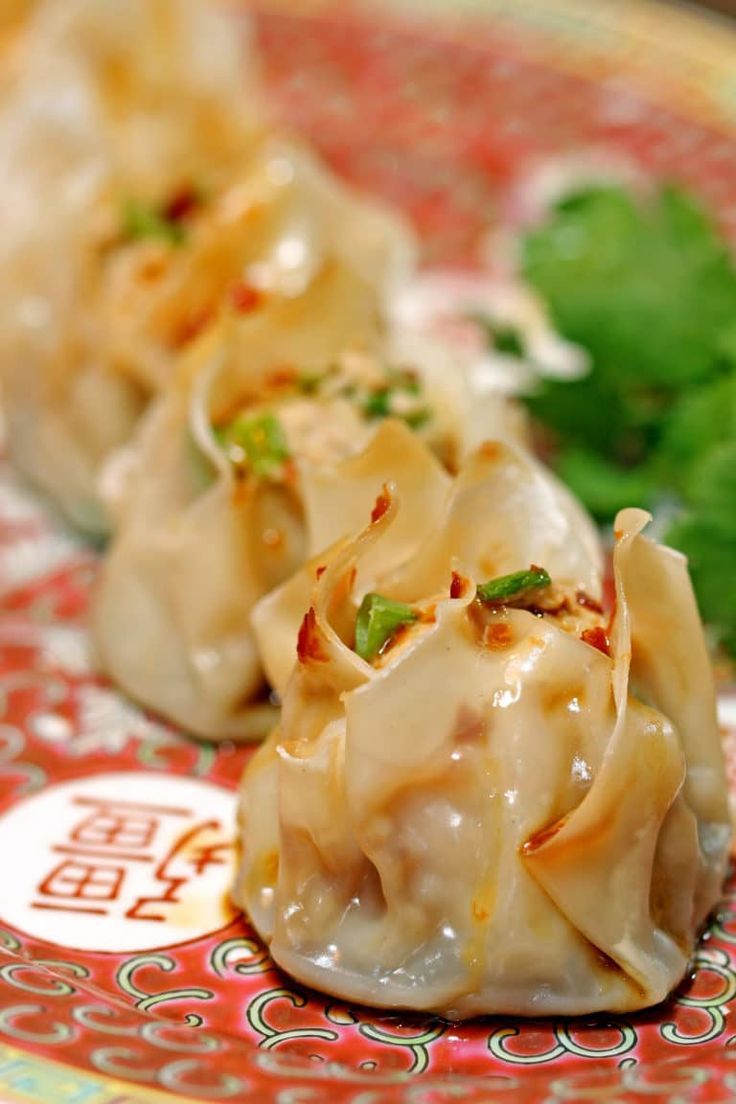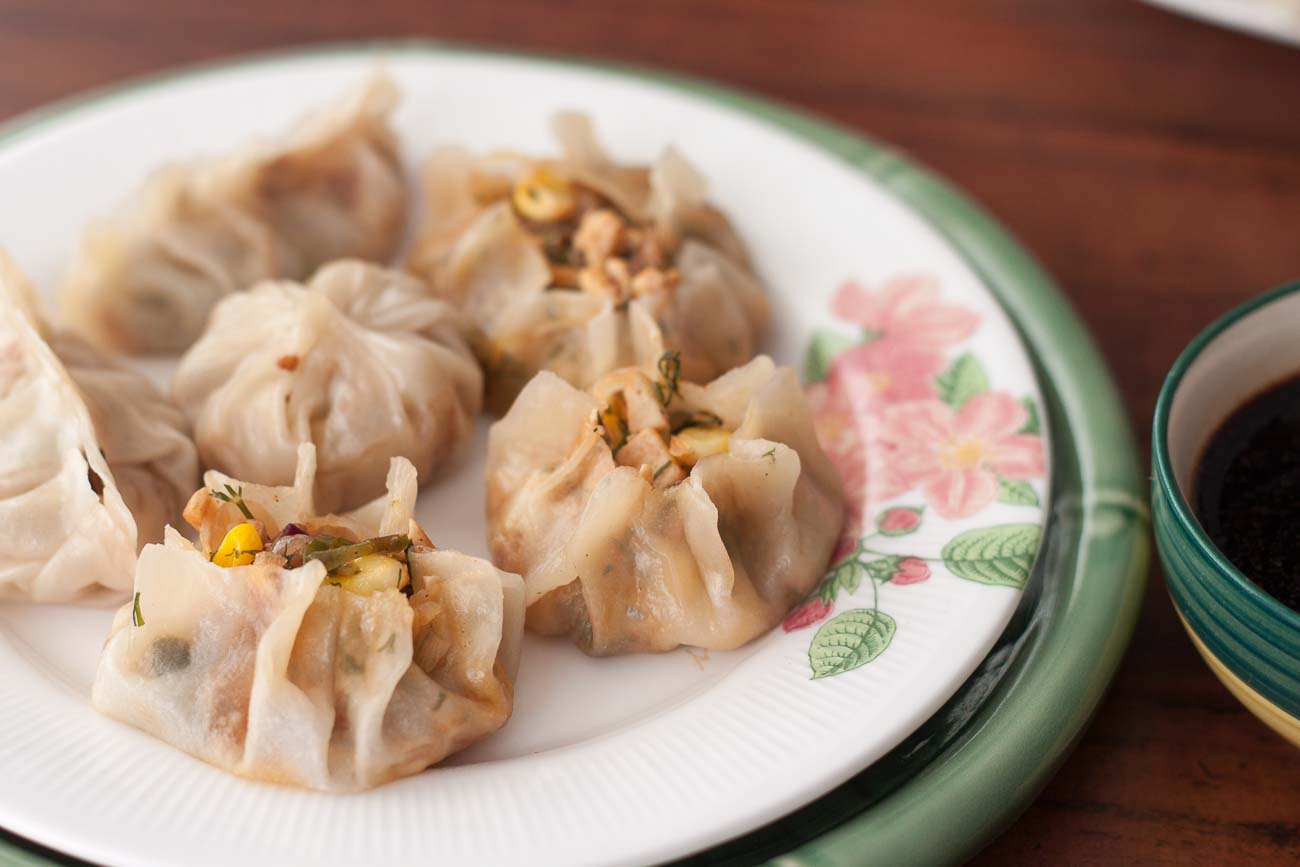

They are traditionally meant to be eaten with chopsticks. When I asked Liang of ITC about this, Liang said that they should be eaten whole at one go or at least not cut with a knife. But dim sum itself refers to a style of Chinese cuisine, served in small bite-sized portions, including but not limited to dumplings.īaba Ling of Ling's Pavilion gets very upset when he sees people use knives and forks to cut and eat dumplings. Thus, it would be correct to say that dumplings are merely a type of dim sum. However, the flour casing was a lot thinner and more delicate compared to Ling's and as the juice was already there in the dumpling, you didn't have to pour it in. There were pork soup dumplings in our lunch at the Man Wah too. The practise of pouring in wine through the hole makes me compare the pork soup dumpling with the phuchkas of my native Kolkata and the pani puris of Mumbai and I jokingly refer to them as Chinese phuchkas. You then pop the soup filled dumpling into your mouth and feel the juices burst and mix with the meat and the experience is most heady. At Ling's, these steamed pork dumplings have a little hole on top through which you pour in a soya wine vinegar. The dish is locally called Xiao Long Bao. The pork soup dim sum that I love in Mumbai's Ling's Pavilion, is actually Shangainese and not Cantonese, as I later found out. While dim sum is often associated with Cantonese food, Chef Liang, who hails from Beijing, told me that dim sum is popular across China. They could be had as snacks, with main meals, or as a main meal.

Liang Xiao Qing, the executive Chinese chef of the ITC Maratha, whose double cooked pork belly I love, told me that dim sum refers to small bites. So I decided to dig deeper and this is what I found. There is more to dim sum than the steamed and friend dumplings that I knew of. "Wait, you mean to say that the bacon puff and the rice and the desserts are dim sums? Aren't dim sums steamed flour dumplings?" I asked. Kleunder of the Mandarin Oriental Hotel, and a Hong Kong local, explained the concept of Yum Cha to me - A meal where you have dim sum while sipping tea on the side. We started off with an assortment of dumplings, moved on to a flavour packed bacon and parsnip puff and then a crunchy puffed rice in lobster soup followed by egg custard and sweet fried sesame buns. That afternoon came back to me five years later when I was in Hong Kong recently, lunching at the Man Wah, a Michelin starred restaurant in the historic Mandarin Oriental Hotel. Vishal told me that this form of eating is referred to as Yum Cha and is popular among Sydney folks from across communities. The atmosphere was that of a stately dining room. And they kept serving you hot tea (without milk) on the side. You gestured and asked for what caught your eye. Waitresses walked by, pushing trolleys which had small plates containing dumplings, spring rolls, spare ribs, noodles and some even had fried rice. One of these was a place called Marigold in the local China Town. He took me to some of his favourite eating places in Sydney.

When I had gone to Sydney in 2011, I met Vishal Kadam, a young Mumbaikar who was working as a chef there.


 0 kommentar(er)
0 kommentar(er)
